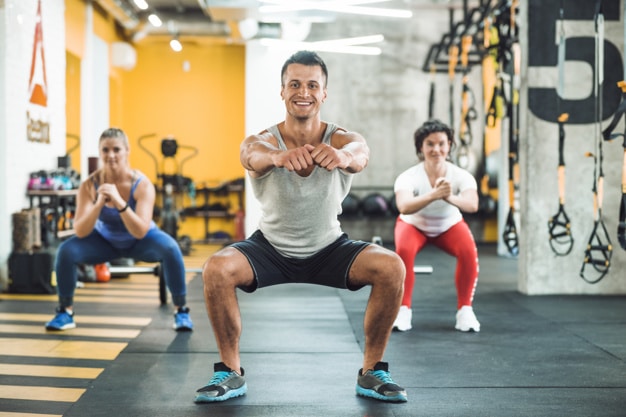The pelvic floor is made up of a layer of muscles covering the bottom of the pelvis that supports the bladder and bowel in men and bladder, bowel and womb in women. Pelvic floor dysfunction(PFD) constitute a health problem affecting a lot of men and women around the world. A person may be referred to pelvic floor physical therapy to treat incontinence, difficulty with urination or bowel movements, constipation, chronic pelvic pain, and painful intercourse.
Symptoms of pelvic floor dysfunction
Pelvic floor dysfunction is caused by muscles or dysfunction. Some of the symptoms include:
- Urinary incontinence– This happens when the pelvic floor muscles cannot support the bladder.
- Fecal incontinence– The inability to control bowel movements or causing stool to leak unexpectedly from the rectum.
- Constipation– Another common pelvic floor condition is constipation that does not respond to laxatives and other standard treatments. In most cases, the cause is either slow fecal transit or a pelvic floor obstruction.
Exercise for pelvic floor dysfunction
People suffering from pelvic floor dysfunction can perform various physiotherapy exercises to strengthen their pelvic floor, and enhance bowel and bladder control. Some of the exercises include:
Kegel exercises
Kegel exercises focuses on tightening and holding the muscles that control urine flow. You may benefit from kegels if experience urine leakage from laughing, jumping ,sneezing or coughing.
A Kegel exercise consists of the following steps:
- Sit in a comfortable position
- Visualize the muscles that control your bladder.
- Contract these muscles for 5 seconds. And then release for several seconds.
- Repeat this exercise 10 times daily.
Squeeze and release
The rapid “squeeze and release” movement that builds the ability of the pelvic floor muscles to respond quickly.
This exercise consists of the following steps:
- Sit in a comfortable position and visualize the pelvic floor muscles.
- Squeeze the muscles as quickly as possible and release it.
- Repeat this for 10 to 20 times, resting for 3-5 seconds in between.
- Repeat the exercise twice in a day.
Bridge
While bridges primarily strengthen the buttocks, they also help work the pelvic floor.
A bridge exercise consists of the following steps :
- Lie down on your back, with knees bent at a 90 degree angle, and place your feet flat on the floor,while your arms resting besides you on both sides facing downward.
- Push your upper body through your heels, raising your hips from the ground. Your upper body and shoulders should be resting on the floor forming a straight line down from the knees.
- Hold that position for 1 second and then return to the starting position.
- Repeat up to 10 times.
Squat
- A squat consists of the following steps:
- Stand in a straight position with your feet hip-width apart, keeping them flat on the floor.
- Bend the knees, pushing your butt and hip and keep going only as low as is comfortable. Keep the back straight and your knees in line with the toes.
- Straighten your legs and return to the standing position.
- Complete 10 reps. Remember it’s important to rest before starting a new set.
Benefits of pelvic floor physiotherapy
- We highly recommend that you seek the advice of a physiotherapist with a special interest in pelvic floor. Good results take time and with the help of a physiotherapist it will take less time with the right advice.
- In order to build up your pelvic floor muscles, it is important to work hard at the exercises under the guidance of your pelvic floor physiotherapist.
- A pelvic floor physiotherapist is an important part of the multi-disciplinary team managing bladder and bowel health, sexual difficulties and pelvic pain.
Prime Physio Plus Pelvic Floor Rehabilitation Program includes treatment for men and women with urinary or fecal incontinence, urgency/frequency of urination, and/or pain in the pelvic region. Physical therapists at the Clinic are specially trained to rehabilitate the pelvic floor muscles. The therapist evaluates each individual and develops a plan of care.
